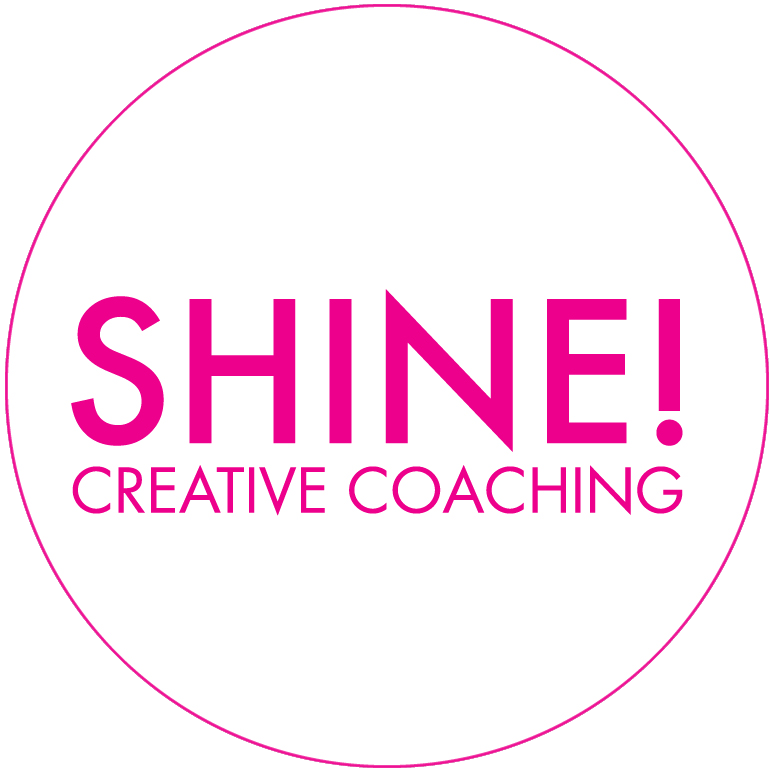How Does Your Voice Work
PIN ME FOR LATER!
WMost of us probably don't remember learning to speak, just like we don't remember learning how to walk. As something you've done from an early age, it's easy to take for granted how complex a process speaking really is.
To have a clear understanding of how our voices work, we need to think about all the parts of our body that work in concert to produce reliable sound.
A surprising number of elements that all have to be working in harmony.
I'm going to talk this through here much like I would do with a new client, in order to give you a good lay person's understanding of what you might be feeling experientially. Science based practitioners (like Speech Language Pathologists) will use a more detailed explanation of much of this, but for our purposes, a very practical overview is enough..
First Things First – Our voices are wind instruments.
This means that our vocal folds/chords (housed in our throats) are blown into vibration by our breath. Therefore we need a sufficient in-breath for them to vibrate efficiently on the out-breath, and the folds need to meet cleanly without spaces or obstructions, in order to produce a clear, resonant sound.
Start with the Body
Let's think about this for a moment. Our skeletons support and align our bodies from head to toes. This alignment is vitally important for freedom of breath, voice, and movement. When our skeletons are not aligned, our muscles need to do the job of 'balancing' the skeleton, thus engaging in compensatory work, rather than attending to their primary task. We can feel this on a simple level.
Try this - sit in your worst posture. Let your shoulders slump, and collapse through the back of your neck. Allow your spine to curve. Now focus on your breathing. How does it feel?
Contrast that by sitting in an open way, with a sense of length up your spine. Not stiffly and held, but expansive and aligned. Feel your sitting bones in your chair. Let your shoulder blades relax down your back. Let your head balance on top of your spine as if it were your uppermost vertebra. Let your lips part, and allow your breath to drop in and out through your mouth.
Now, how does your breathing feel?
Even a subtle change in the depth and freedom of your breathing can have a positive impact on your voice.
Breath into Vibration
Breathing is involuntary and voluntary at the same time. Most of the time, we breathe without thinking about it. But, breath for speech happens in response to an impulse to communicate. Your diaphragm drops, creating more room for stretchy lung tissue to expand, and air rushes in as a result. On your outgoing breath, your diaphragm relaxes up, your lungs recoil naturally, and air moves up and out of you.
As air leaves the lungs and moves up the trachea, it passes through the vocal folds, blowing them into motion. These folds "flap", creating vibration, similar to the way you blow a raspberry with your lips. This is the initial vibration of your voice.
Amplification
Your initial vocal vibration then re-sounds through the spaces and surfaces of your body. Your larynx, throat, mouth and nose are the first spaces where those sound waves can bounce around and multiply. Next comes the huge hollow of your chest, the bony dome of your skull, and the caves of your sinuses. After that comes all the bones of your body. Did you know that bones are porous and are terrific at conducting sound? Together, these are your speaker system, perfectly designed for amplifying and strengthening the sound of your voice.
Speech
After all this, your articulators (lips, tongue, teeth, jaw, palates) work together to shape the sounds of speech. Sometimes called a 'dance' because of the grace, agility, and precision of your speech muscles during connected speech. Truly, isn't it amazing the speed at which this process works?
Putting It All Together
Voice and Speech are a complex processes, and while it may feel intuitive, it's common to feel off balance, habitually putting strain on your voice and the rest of your body. If you want more information on how the voice works, check out the detailed description here.
If you want to put that knowledge to use and develop your clear, confident, expressive AND authentic voice, my mini-course, Freedom in 5, is a great place to start.
RESOURCES:
Freeing the Natural Voice, by Kristin Linklater
The Voice Book, by Kate DeVore & Starr Cookman
Vocal Arts Workbook, by David Carey
Grace Under Pressure: A Masterclass in Public Speaking, by Lisa Wentz


